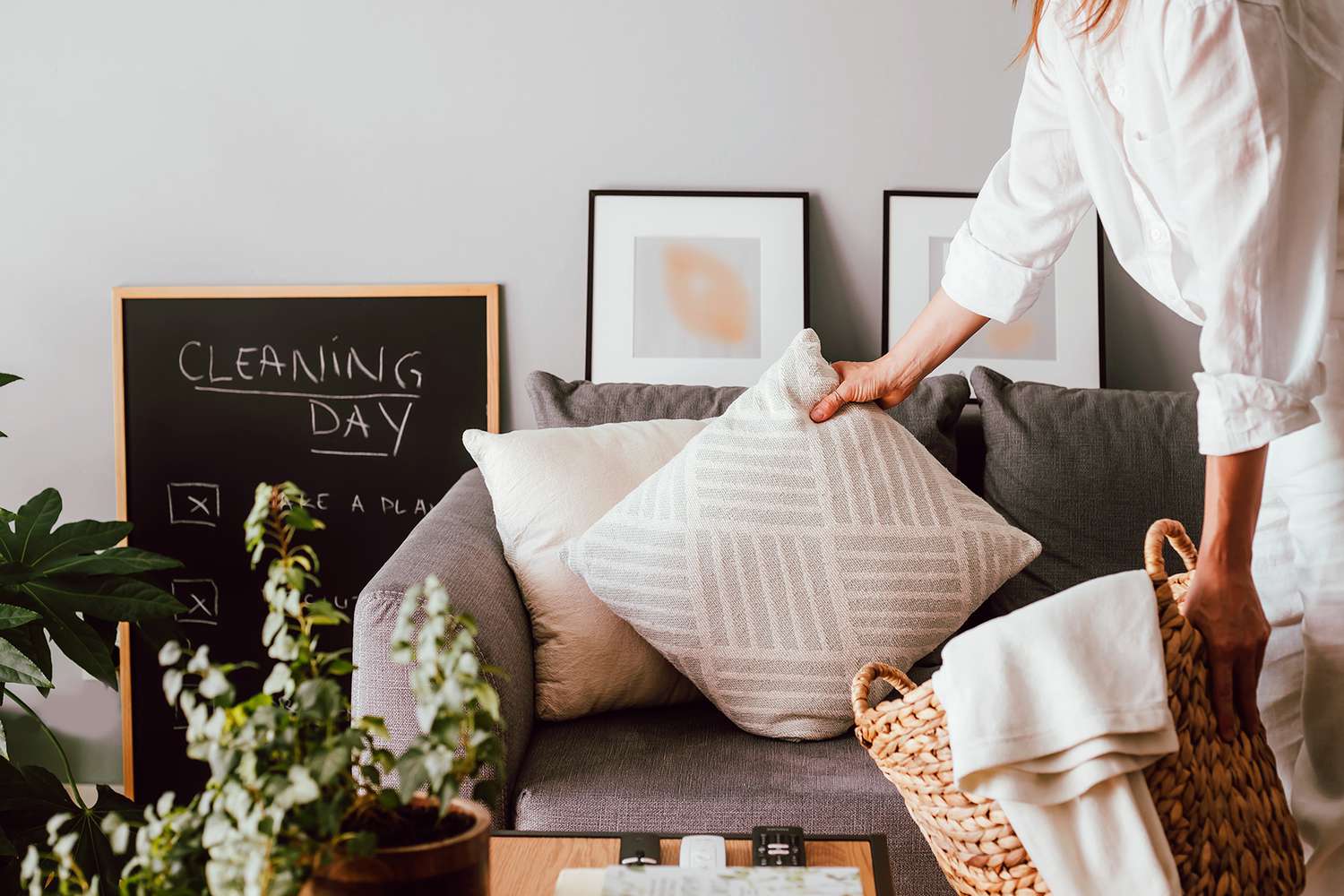

Articles
How To Declutter Your Living Room
Modified: March 22, 2024
Discover effective tips and tricks for decluttering your living room in this informative articles. Say goodbye to the mess and create a serene and organized space.
(Many of the links in this article redirect to a specific reviewed product. Your purchase of these products through affiliate links helps to generate commission for Storables.com, at no extra cost. Learn more)
Introduction
Welcome to the ultimate guide on how to declutter your living room. Your living room is often the hub of your home, where you gather with family and friends, relax, and spend quality time. However, over time, it’s easy for this space to accumulate clutter, making it feel chaotic and overwhelming. Decluttering your living room not only helps create a more organized and harmonious environment but also improves your overall well-being.
In this article, we will take you through a step-by-step process to declutter your living room effectively. From assessing the clutter to organizing and maintaining a clutter-free space, we will provide you with practical tips and strategies to transform your living room into a serene and inviting space.
Decluttering is not just about getting rid of excess items; it’s about creating a space that reflects your personal style and promotes a sense of calm. By following these steps and incorporating a few simple habits into your routine, you can achieve a clutter-free living room that is both functional and aesthetically pleasing.
So, grab a cup of coffee, put on some music, and let’s dive into the process of decluttering your living room!
Key Takeaways:
- Decluttering your living room involves assessing, planning, sorting, making decisions, organizing, and maintaining. It’s a journey that transforms your space into a serene and harmonious environment, reflecting your personal style and promoting well-being.
- By implementing the strategies outlined in this guide, you can create a clutter-free living room that is not only organized and functional but also easy to maintain in the long run. Regular decluttering, daily cleaning routines, and mindfulness about the items you bring into your living room will ensure that you continue to enjoy the benefits of a clutter-free space.
Read more: How To Declutter A Room
Step 1: Assessing the Clutter
The first step in decluttering your living room is to assess the extent of the clutter. This involves taking a good look at your space and identifying areas that are overwhelmed with items and belongings. It’s essential to approach this step with a non-judgmental mindset and a willingness to let go of unnecessary items.
Start by surveying your living room and identifying the most cluttered areas. Common trouble spots include coffee tables, shelves, and entertainment centers. Look for items that are out of place, unused, or no longer serve a purpose in your space.
As you assess the clutter, ask yourself the following questions:
- Do I use this item regularly?
- Does it have sentimental value?
- Does it contribute to the overall aesthetic of the room?
- Can it be replaced or repaired easily?
Answering these questions will help you determine the value and relevance of each item in your living room. Remember, decluttering is not about getting rid of everything; it’s about creating a space that reflects your values and brings you joy.
Another helpful tip when assessing the clutter is to set specific goals for your living room. Visualize the kind of space you want to create and how you want it to feel. Having a clear vision will motivate you throughout the decluttering process.
Finally, make note of any specific challenges you anticipate in decluttering your living room. Perhaps you struggle to part with sentimental items or have limited storage options. Recognizing these obstacles in advance will allow you to develop strategies to overcome them as you progress through the decluttering process.
By assessing the clutter in your living room, you are taking the crucial first step towards creating a more organized and peaceful space. Stay tuned for step two, where we will discuss creating a plan to tackle the clutter head-on!
Step 2: Creating a Plan
Now that you have assessed the clutter in your living room, it’s time to create a plan of action. Having a well-thought-out plan will help you stay focused, motivated, and organized throughout the decluttering process.
Start by setting realistic goals for yourself. Determine how much time and energy you can dedicate to decluttering each day or week. Breaking the process into manageable chunks will prevent overwhelm and ensure steady progress.
Next, prioritize which areas of your living room to tackle first based on the level of clutter and your personal preferences. You may choose to begin with a smaller area or one that is causing the most visual clutter. Alternatively, you can start with a larger surface, such as a coffee table or entertainment center, to make a significant impact on the overall appearance of your living room.
Once you have identified your starting point, create a timeline or schedule for decluttering. Mark specific days or time slots on your calendar that are dedicated solely to decluttering your living room. Treat these appointments with the same importance as any other commitment to ensure you make consistent progress.
As you create your plan, consider incorporating specific strategies and techniques that work best for you. For example, if decision-making is challenging, you may want to set aside a designated “sorting” area where you can make deliberate choices about each item. Alternatively, if sentimental items are causing hesitation, you could enlist a trusted friend or family member to provide objective input and support.
Remember, flexibility is key when creating a decluttering plan. Be open to adjusting your timeline or approach if you encounter unexpected challenges or find new strategies that work better for you. The goal is to create a plan that fits your needs and keeps you motivated.
By creating a clear and realistic plan, you are setting yourself up for success in decluttering your living room. Stay tuned for step three, where we will discuss sorting and categorizing your belongings to make the decluttering process even more efficient!
Step 3: Sorting and Categorizing
Now that you have a solid plan in place, it’s time to dive into the actual decluttering process. Step three involves sorting and categorizing the belongings in your living room to help you make informed decisions about what to keep and what to let go of.
Start by designating separate areas or bins for different categories. Common categories include “Keep,” “Donate,” “Sell,” and “Trash.” As you go through each item in your living room, place them in the appropriate category based on their value, usefulness, and condition.
When sorting your belongings, consider the following tips:
- Be ruthless: Be honest with yourself and let go of items that no longer serve a purpose or bring you joy. Clutter often accumulates due to sentimentality or the perception that items may be useful in the future. However, if you haven’t utilized an item in the past year or it no longer aligns with your lifestyle, it may be time to part ways with it.
- Consider usability: Evaluate how often you use an item and whether it enhances your daily life. If you come across items that are broken, damaged, or missing parts, ask yourself if it’s worth the effort and resources to repair them. Sometimes it’s better to let go and make room for things that truly contribute to your living room’s functionality.
- Don’t forget about duplicates: It’s common to accumulate duplicates of items over time, especially in a shared living space. Assess if you truly need multiple versions of the same item and consider keeping only the one that is in the best condition or most frequently used.
Sorting and categorizing your belongings can be a time-consuming process, so it’s essential to remain focused and maintain momentum. Take regular breaks to avoid decision fatigue and stay motivated. Celebrate small wins throughout the process to keep your spirits high.
Additionally, involve other household members if the living room is a shared space. Collaborative decluttering not only lightens the workload but also encourages open communication and ensures that everyone’s needs and preferences are considered.
By dedicating time to sort and categorize your belongings, you are laying the foundation for a clutter-free living room. Stay tuned for step four, where we will discuss making decisions about the items you have sorted to clear the clutter for good!
Consider using multi-functional furniture in your living room to maximize space and reduce clutter. For example, a storage ottoman can serve as both a coffee table and a place to store blankets and other items.
Step 4: Making Decisions
Now that you have successfully sorted and categorized your belongings, it’s time to make decisions about what to keep, what to let go of, and what to do with the items you no longer need. This step is crucial for clearing the clutter in your living room and creating a space that is functional and visually appealing.
As you go through each category, take a thoughtful approach to your decision-making process. Consider the following factors:
- Value and usefulness: Assess the value and usefulness of each item in your “Keep” pile. Determine if it enhances your living room in terms of functionality, aesthetics, or sentimentality. Ask yourself if it aligns with your current lifestyle and if you can envision using it regularly in the future.
- Sentimental attachment: Sentimental items can be challenging to let go of, but it’s important to assess if they truly contribute to your living room’s overall ambiance. If an item holds sentimental value but does not serve a practical purpose or fit into your desired living room aesthetic, consider taking a photo of it to preserve the memory before letting it go.
- Repairs and upgrades: For items that need repairs or upgrades, evaluate if it’s worth the time, effort, and financial investment to fix them. Consider the availability of spare parts, the cost of repairs, and if the item is replaceable with a more functional or aesthetically pleasing alternative. Be honest with yourself about whether you will realistically follow through with the repairs or upgrades in a timely manner.
When it comes to the items you have decided to let go of, consider the different options for each category:
- Donate: Many items in good condition can be donated to local charities, shelters, or thrift stores. Make a list of organizations that accept donations and find out their guidelines for acceptance. Remember to properly clean and package the items before donating.
- Sell: If you have items that are still in good condition and hold some value, you may choose to sell them. Online platforms like eBay, Craigslist, or Facebook Marketplace can be great options for selling secondhand items. Alternatively, you can host a garage sale or consign items with local shops.
- Trash: Some items may be broken, damaged, or too worn-out to be donated or sold. Dispose of these items responsibly by recycling or throwing them away appropriately.
Making decisions about your belongings can be emotionally challenging, but it’s essential to remember that letting go of excess will create a more organized and harmonious living room. Trust your instincts, be confident in your choices, and envision the clutter-free space you are creating.
By making thoughtful decisions about your belongings, you are taking a significant step towards decluttering your living room. Stay tuned for step five, where we will discuss organizing and storing the items you have chosen to keep for a more functional and visually pleasing space!
Read more: How To Declutter My Room
Step 5: Organizing and Storing
After making decisions about the items you want to keep, it’s time to focus on organizing and storing them in the most efficient and visually pleasing manner. This step will help you maintain a clutter-free living room and create a space that is functional and easy to navigate.
Start by assessing the available storage options in your living room. Look for existing furniture with storage capabilities, such as coffee tables with drawers or ottomans with hidden compartments. Maximize the use of vertical space by installing shelves or utilizing wall-mounted storage solutions.
When organizing your belongings, consider the following tips:
- Group similar items together: Categorize your belongings and keep similar items together. For example, store books in one area, electronics in another, and decorative accessories on designated shelves or display units. This not only makes it easier to find items when needed but also adds visual coherence to your living room.
- Utilize storage containers: Invest in storage containers, baskets, or bins to store smaller items and keep them neatly organized. Label the containers for easy identification, and consider transparent options to help you see the contents at a glance.
- Arrange items strategically: Place frequently used items within easy reach, while less frequently used items can be stored in less accessible areas. Consider the flow of movement in your living room and arrange items accordingly to ensure convenience and functionality.
- Eliminate visual clutter: Opt for furniture with built-in storage to minimize visual clutter. Clear your surfaces, such as coffee tables and side tables, by only keeping essential items like a lamp or a small decorative piece. Use decorative storage solutions, such as decorative boxes or baskets, to store remote controls, magazines, or small accessories discreetly.
- Regularly declutter and reorganize: Set aside time periodically to declutter and reorganize your living room. Items can easily accumulate over time, so it’s important to evaluate their usefulness and adjust your storage solutions as needed.
Remember, the goal of organizing and storing is to create a living room that is both visually pleasing and functional. Consider your personal preferences and style as you arrange and display your belongings, and don’t be afraid to experiment until you find a setup that works best for you.
By organizing and storing your belongings effectively, you are creating a clutter-free living room that is inviting and easy to navigate. Stay tuned for step six, where we will discuss maintaining the decluttered living room for long-term success!
Step 6: Maintaining the Decluttered Living Room
Congratulations on decluttering and organizing your living room! Now, it’s important to establish habits and routines that will help you maintain a clutter-free space in the long run. Step six focuses on strategies for maintaining the cleanliness and organization of your living room.
Here are some tips to help you maintain your decluttered living room:
- Designate a daily cleaning routine: Set aside a few minutes each day to tidy up and put things back in their designated places. Make it a habit to do a quick scan of the room before you go to bed or leave the house, ensuring that everything is in order.
- Avoid bringing in unnecessary items: Be mindful of the items you bring into your living room. Before purchasing new furniture, decor, or other items, consider if they will contribute to the overall aesthetic and functionality of the space. Avoid impulse buys and only add items that truly align with your vision for a clutter-free living room.
- Practice regular decluttering sessions: Schedule regular decluttering sessions to reevaluate the items in your living room. As time goes by, you may accumulate new items or find that some belongings are no longer as useful or necessary. Regular decluttering sessions will help you maintain a clutter-free environment.
- Create designated spaces for belongings: Assign specific spots for different categories of items. This will make it easier to maintain order and quickly put things away. Return items to their designated spots after use to prevent clutter from accumulating.
- Teach household members about organization: Share your decluttering and organizing methods with other members of your household. Encourage them to adopt the same habits, ensuring that everyone is on board with maintaining a clutter-free living room.
- Stay mindful of new items: Be aware of clutter-prone areas and potential problem areas in your living room. Stay mindful of these areas and regularly assess if items are being left there out of habit or convenience. Address these tendencies promptly to prevent clutter from building up.
Remember, maintaining a clutter-free living room is an ongoing process that requires commitment and consistency. By incorporating these habits into your daily routine, you can enjoy a more organized and serene living space.
Congratulations once again on creating a decluttered living room that brings you joy and relaxation. We hope this guide has been helpful in your journey to reclaiming and maintaining a clutter-free living space!
Conclusion
Congratulations! You have reached the end of our comprehensive guide on how to declutter your living room. By following the step-by-step process outlined in this article, you have transformed your living room into a clutter-free and harmonious space.
Decluttering your living room is not just about getting rid of excess items; it’s about creating a space that reflects your personal style, promotes a sense of calm, and enhances your overall well-being. Throughout the decluttering process, you have assessed the clutter, created a plan, sorted and categorized your belongings, made thoughtful decisions, organized and stored your items, and established habits for maintaining a clutter-free living room.
By implementing these strategies, you have not only created an organized and functional living room but have also cultivated habits that will help you maintain a clutter-free environment in the long run. Regular decluttering, daily cleaning routines, and mindfulness about the items you bring into your living room will ensure that you continue to enjoy the benefits of a clutter-free space.
Remember, decluttering is a journey, and it’s normal for some clutter to accumulate over time. Embrace periodic decluttering sessions to reassess your belongings and make adjustments as needed. Stay mindful of your surroundings and make conscious choices about the items you bring into your living room.
We hope this guide has provided you with valuable insights and practical tips for decluttering your living room. Remember, your living room is a space for relaxation, enjoyment, and connection, and a clutter-free environment will help you fully embrace these moments.
Now, take a moment to sit back, relax, and enjoy your newly decluttered living room. Breathe in the sense of calm and tranquility that comes with an organized space. Cheers to a clutter-free living room and a more peaceful home!
Frequently Asked Questions about How To Declutter Your Living Room
Was this page helpful?
At Storables.com, we guarantee accurate and reliable information. Our content, validated by Expert Board Contributors, is crafted following stringent Editorial Policies. We're committed to providing you with well-researched, expert-backed insights for all your informational needs.
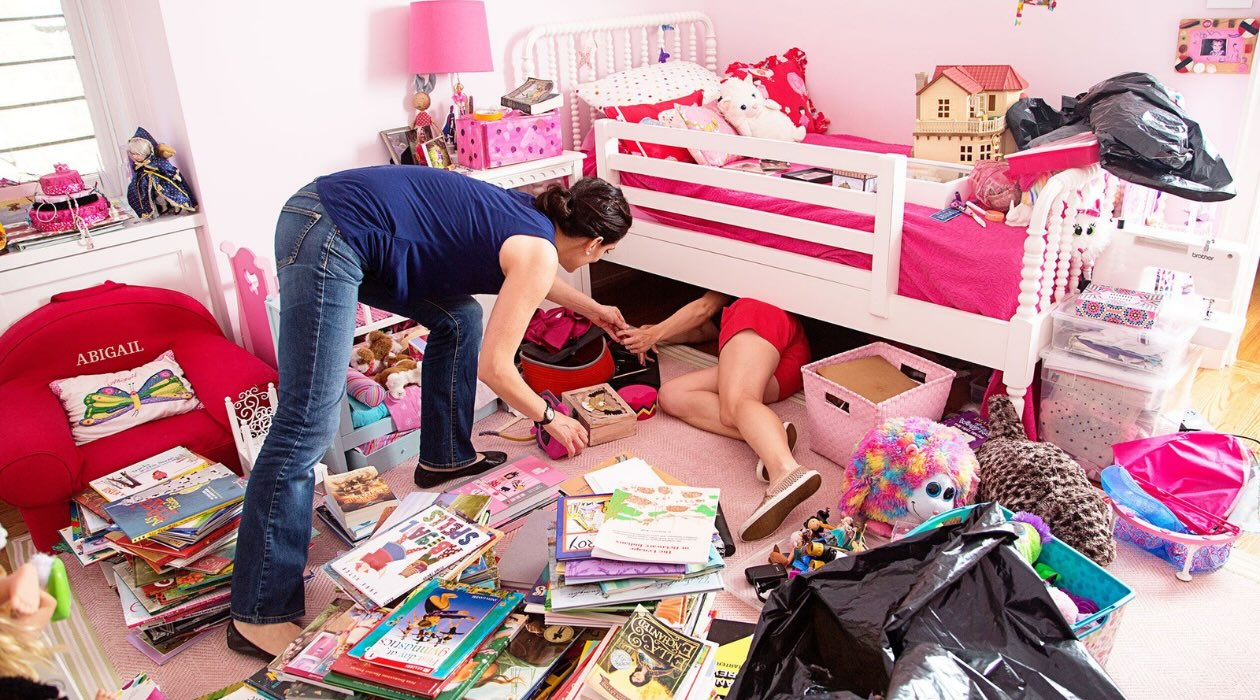
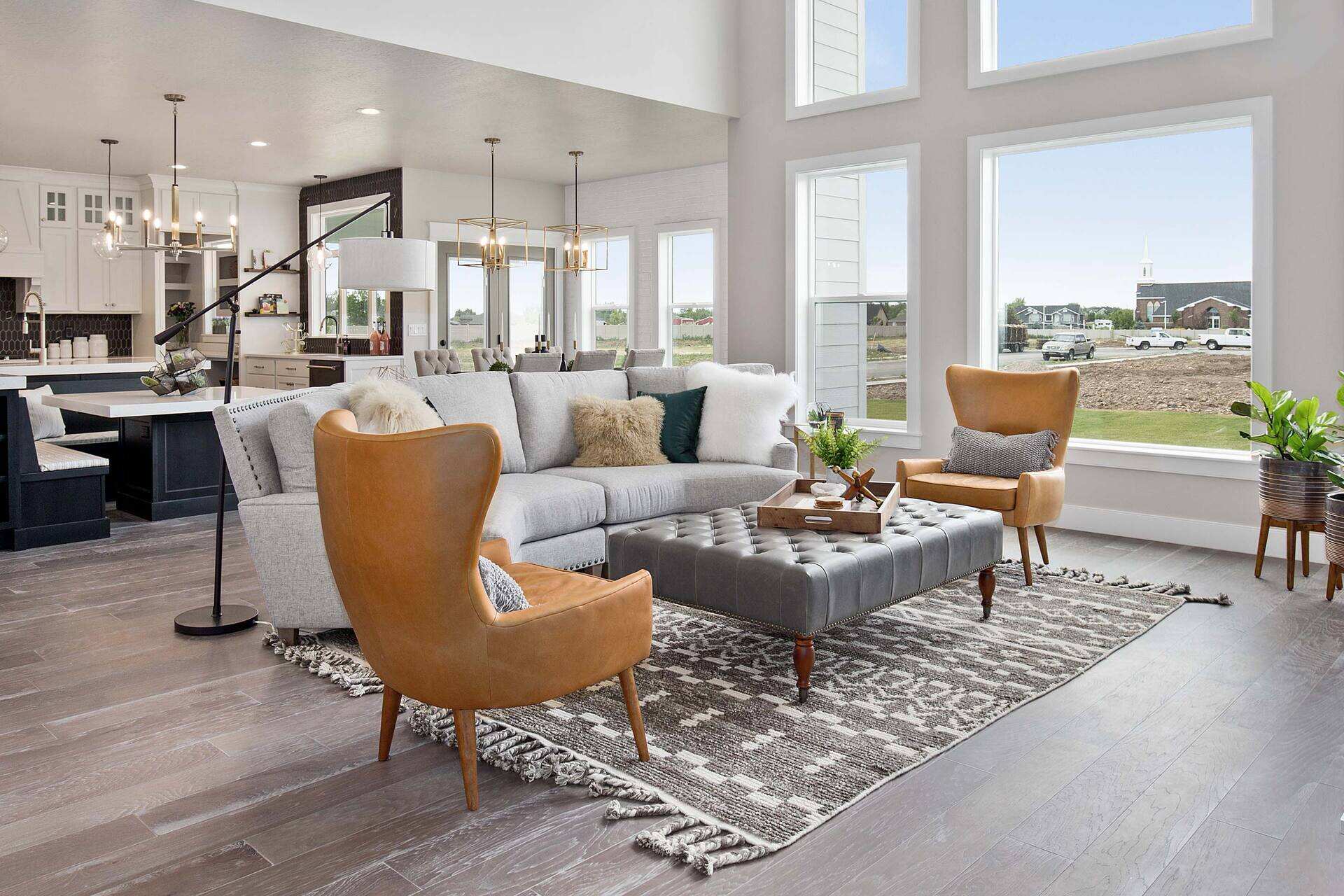

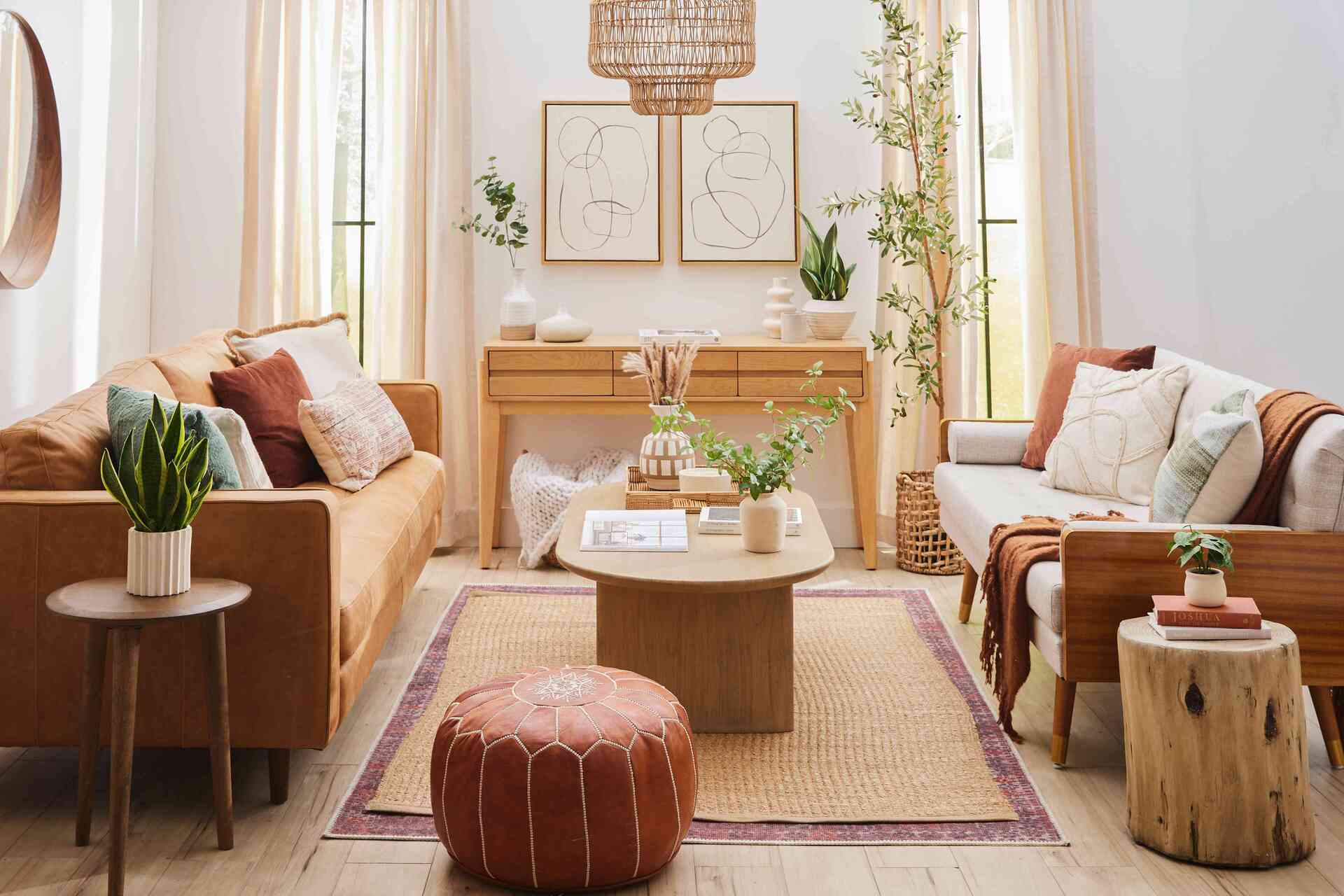
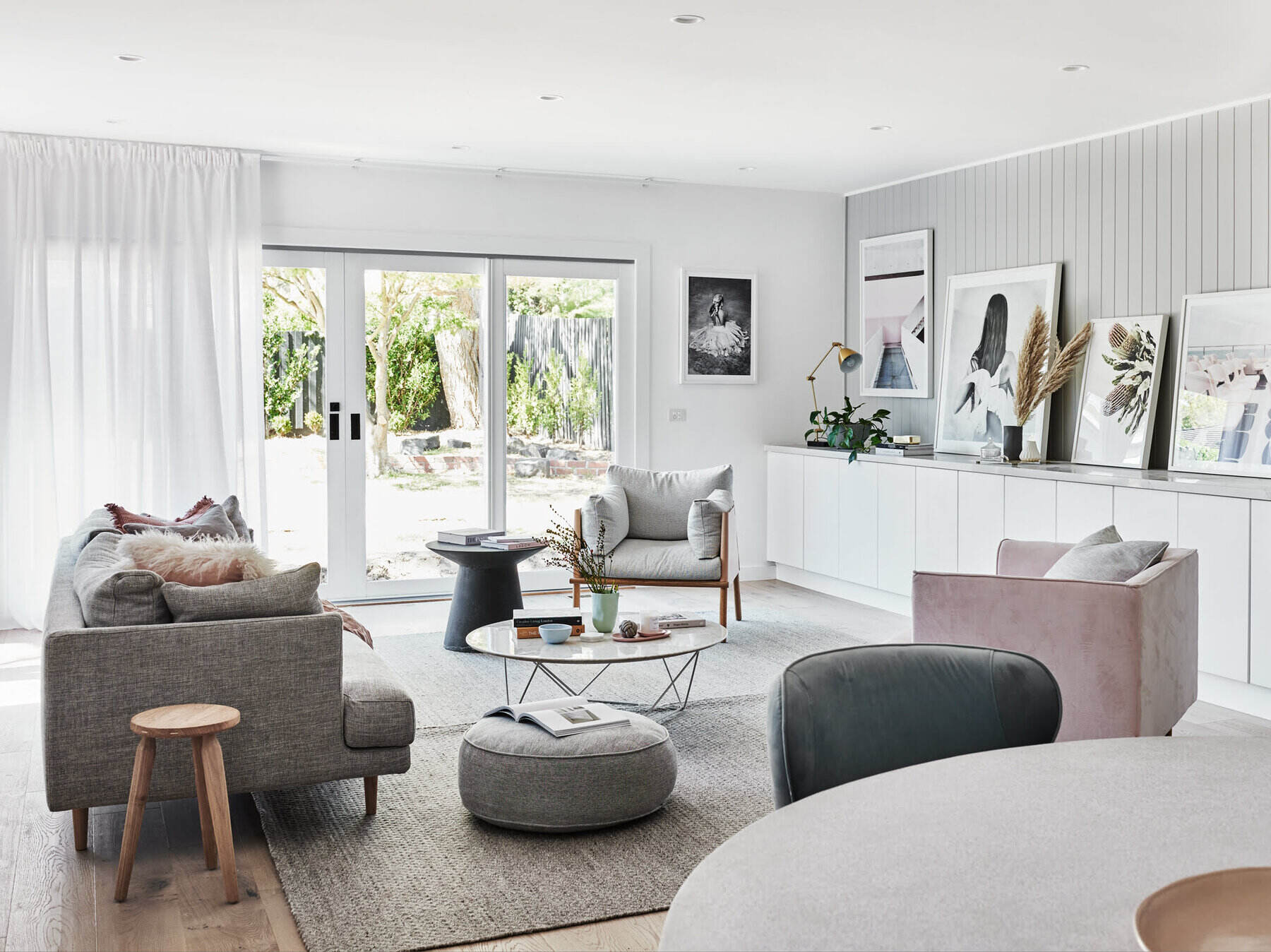

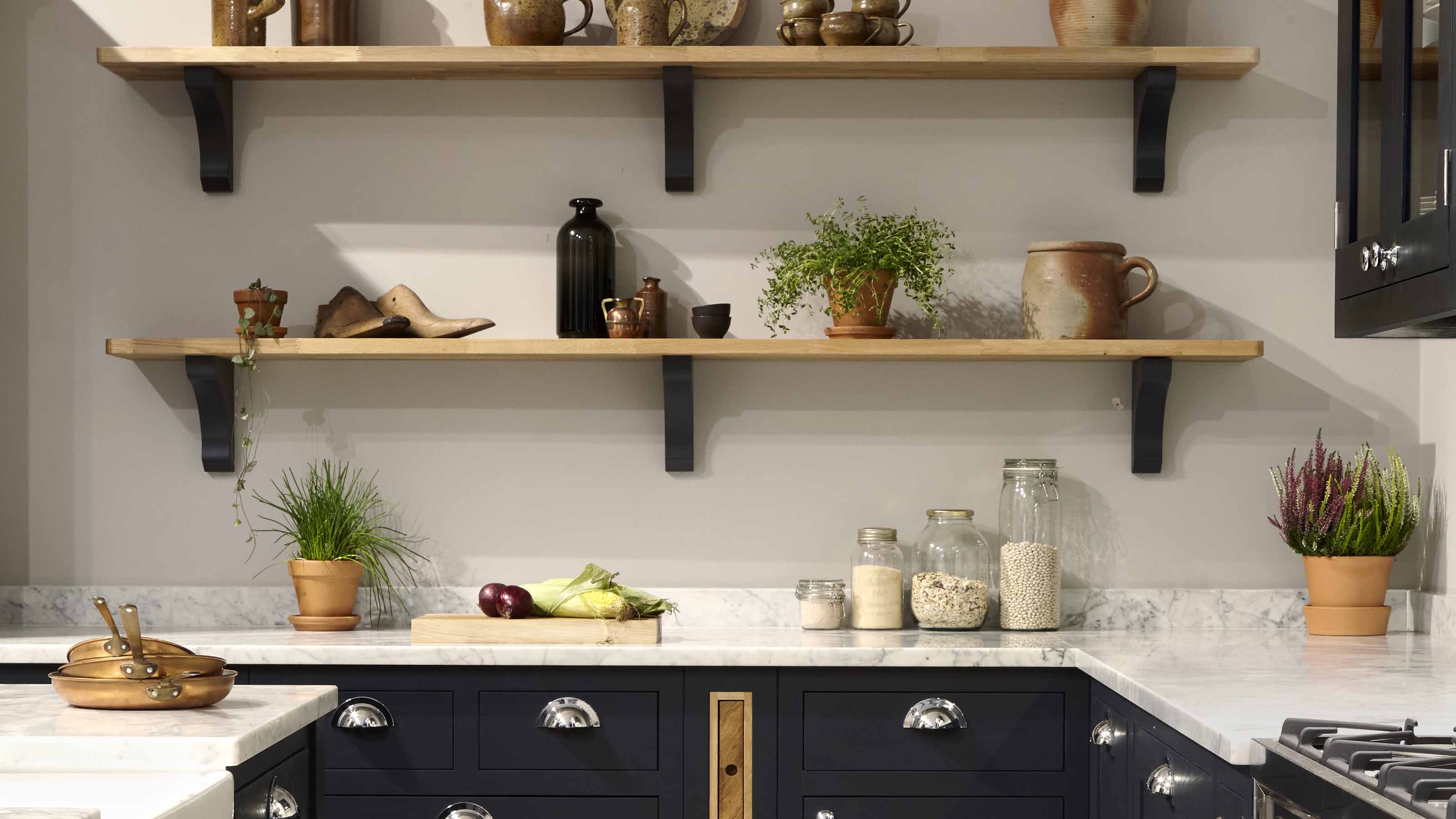
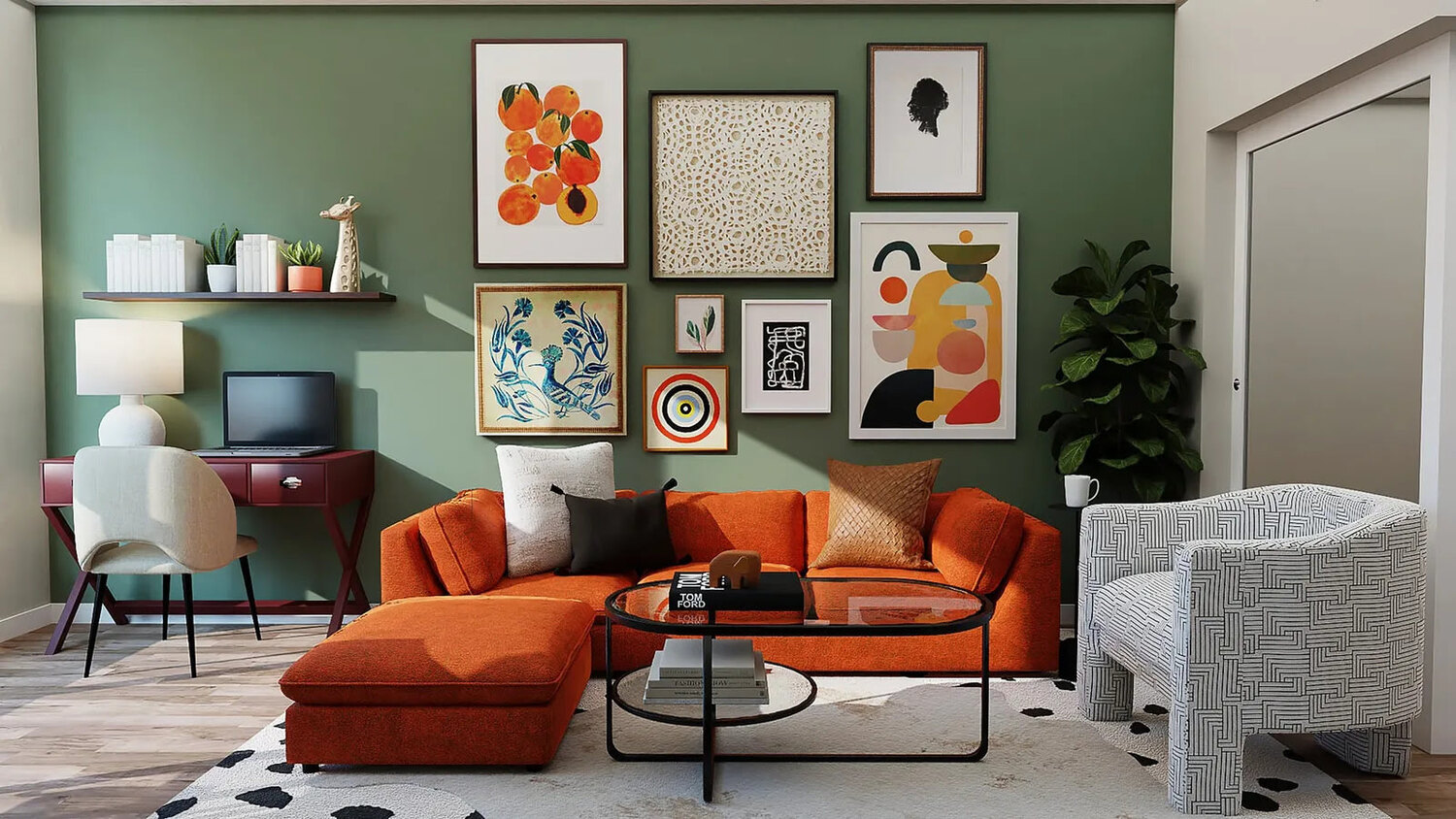
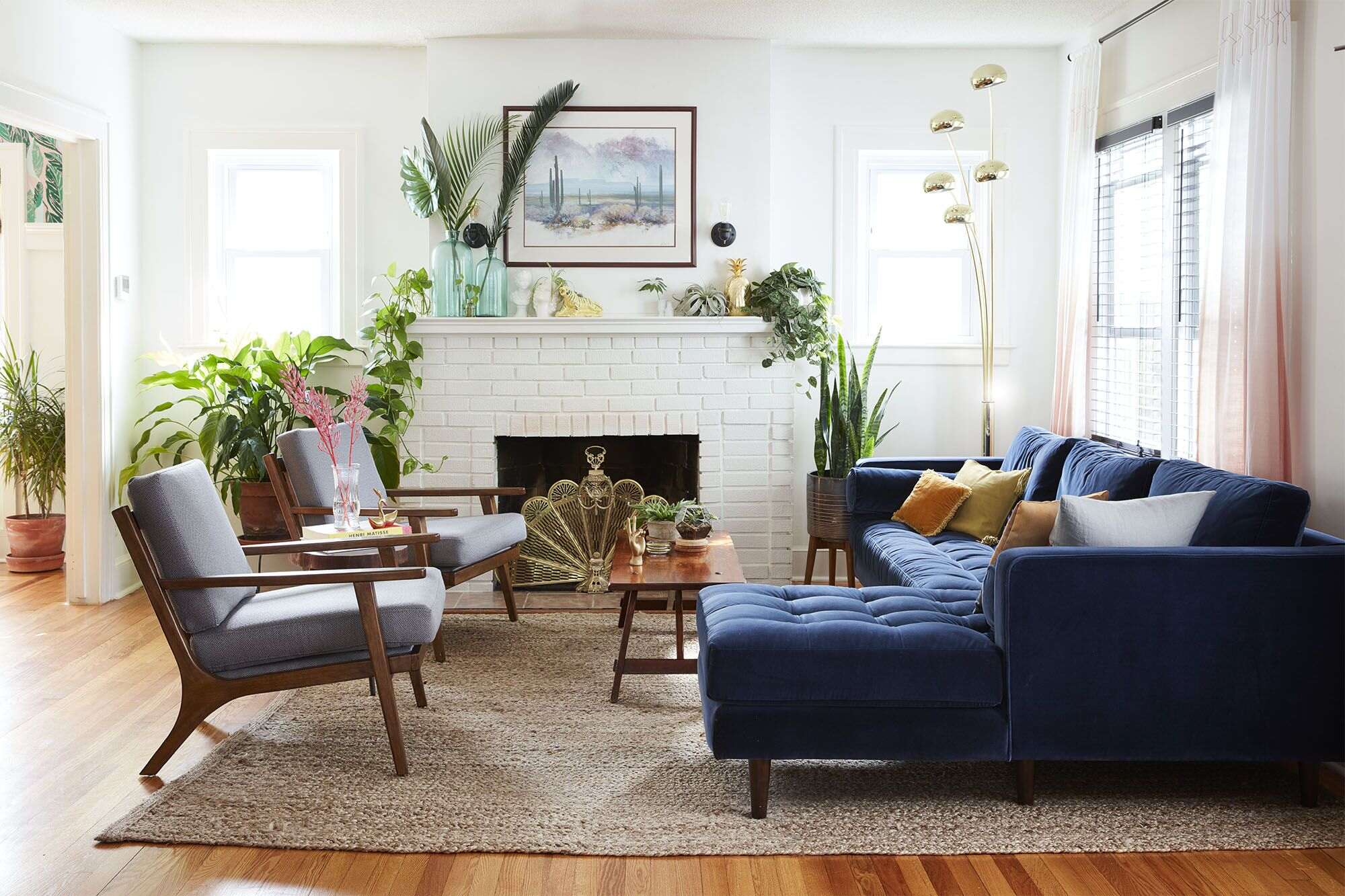
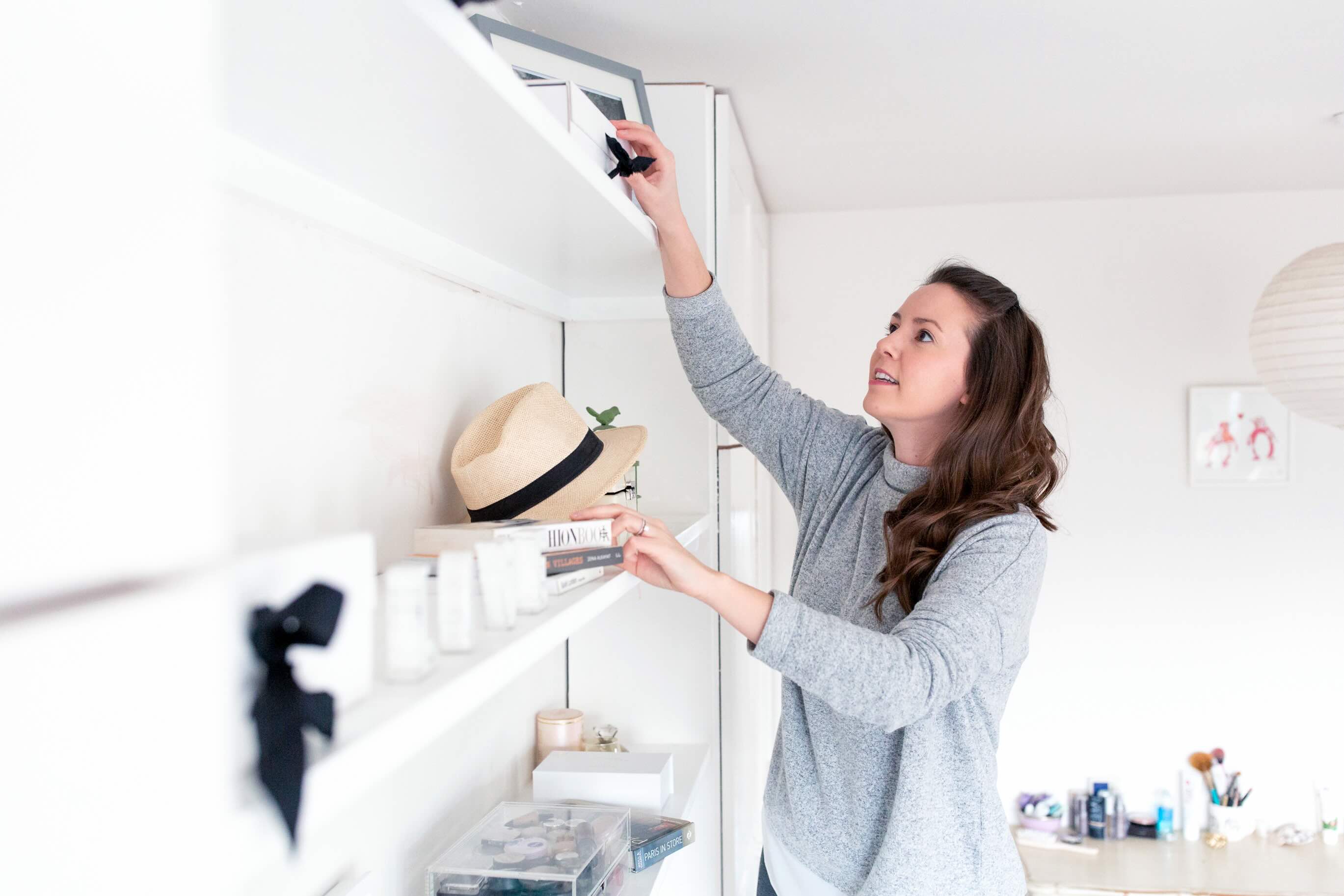

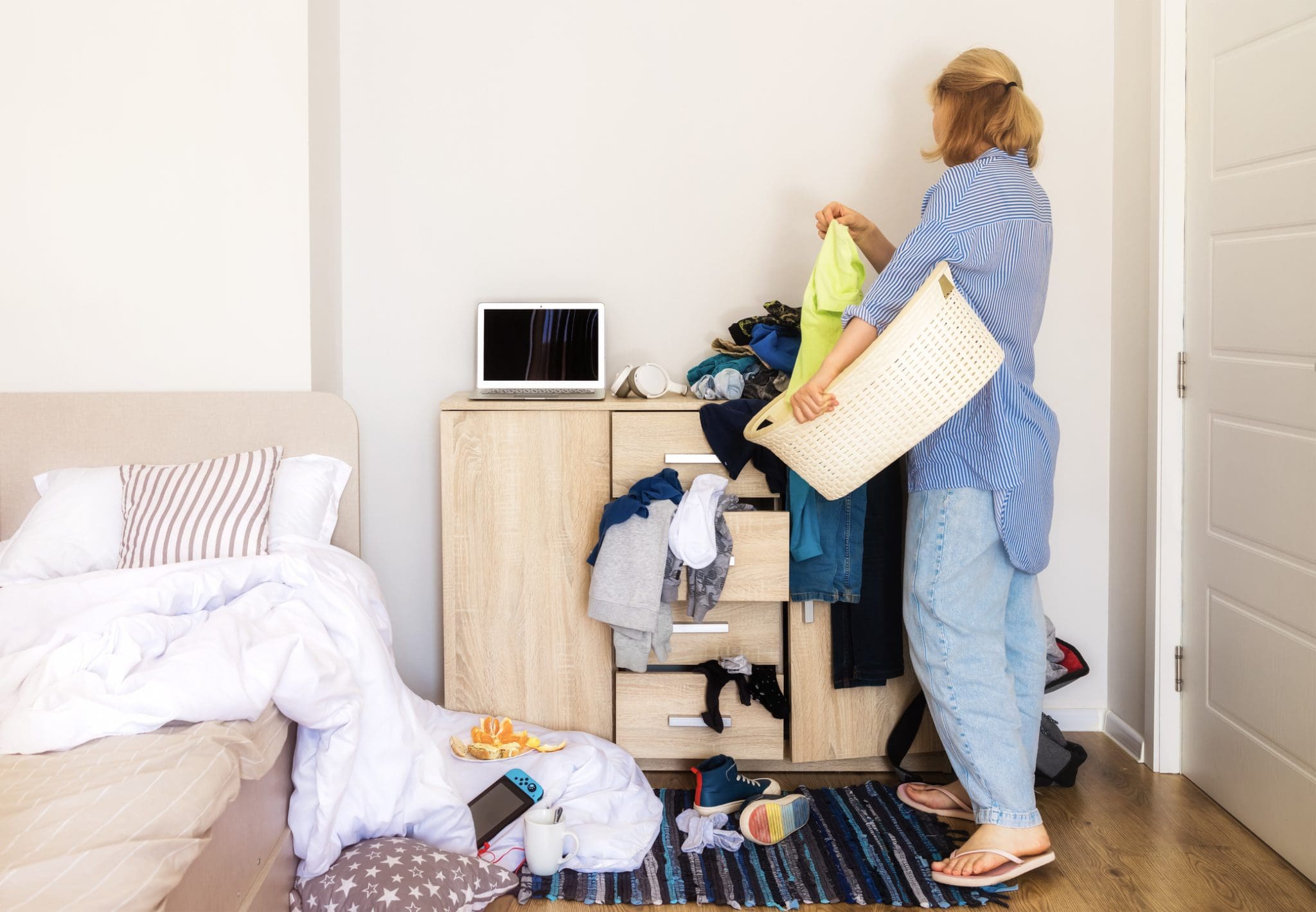
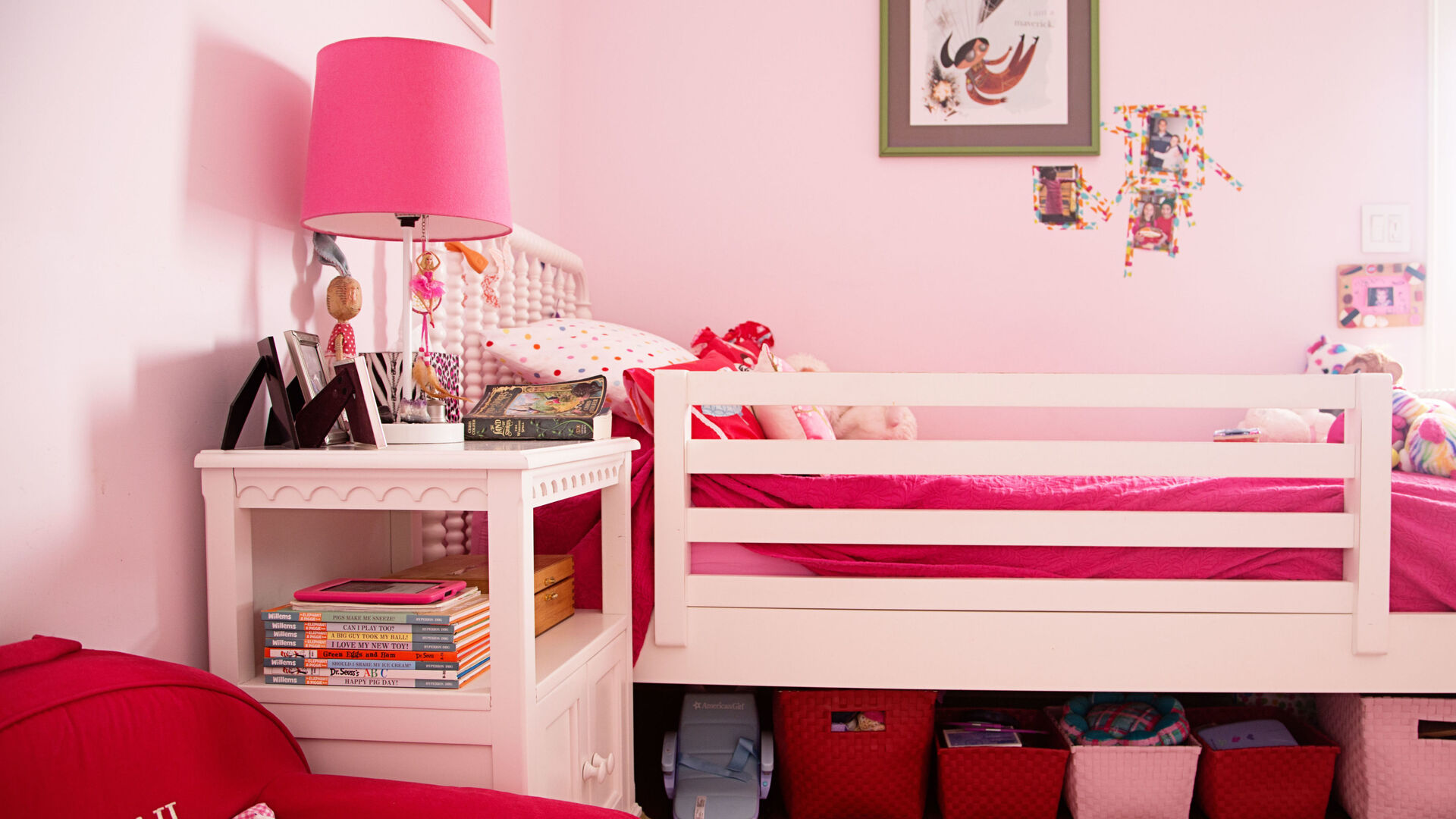


0 thoughts on “How To Declutter Your Living Room”